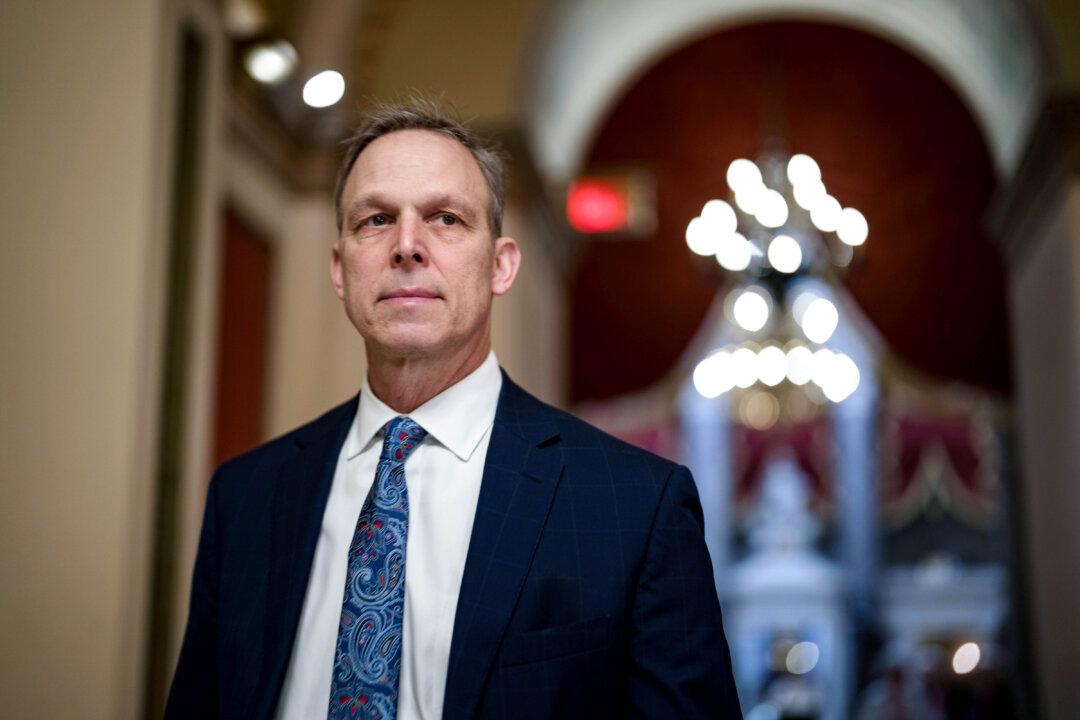It comes amid high levels of COVID-19-related staff shortages in health care and other industries, and as the UKHSA on Monday corrected a mistake in its rationale against shortening the period, which claimed the self-isolation period in the United States was not necessarily shorter than that in the UK.
The length of the self-isolation period in the UK was cut from 10 to seven days on Dec. 22, subject to lateral flow test results. Those who isolate due to a positive PCR test may end their isolation from day seven, after two negative lateral flow tests that are taken 24 hours apart.
Johnson said on Monday that there was an “argument to be had” about whether the isolation period should be cut to five days, like in the United States, while his office backed UKHSA’s Chief Executive Dr. Jenny Harries, who came under fire due to the agency’s mistake, saying the prime minister has confidence in Harries.
Ministers have been pressured for days to follow the steps of the United States after the U.S. Centers for Disease Control and Prevention (CDC) slashed the length of the self-isolation period to five days.
Arguing against the call to follow suit, the UKHSA said the two countries cannot be compared “like for like.”
But the agency maintained its position on keeping the self-isolation period of at least six full days (with two negative lateral flow tests on day six and day seven), citing modelling results that suggested 10 to 30 percent of people “will potentially still remain infectious on day 6, if no re-assurance tests are performed at this point.”
While visiting a vaccination centre on Monday, Johnson brought up during an interview that there was an “argument to be had about the quarantine period, whether to come down from seven days to five days,” unprompted by journalists.
“The thing to do is to look at the science,” the prime minister said.
Johnson’s spokesman said on Tuesday that the government was “gathering the latest evidence” on the issue, but would not be “prejudging anything.”
“The prime minister hasn’t received formal advice either way yet. So, we’ll await that and then make a decision,” he said.
The Downing Street spokesman said Johnson has confidence in Harries. He also added that there were currently no plans to remove working-from-home guidance, but said, “We’d obviously want to remove that as soon as is right to do so.”
Labour leader Sir Keir Starmer, who is self-isolating after testing positive for the CCP virus last week, said on Monday that he “would be inclined to support” shortening the isolation period if “the scientists and the medical experts say that it is safe” to do so.





